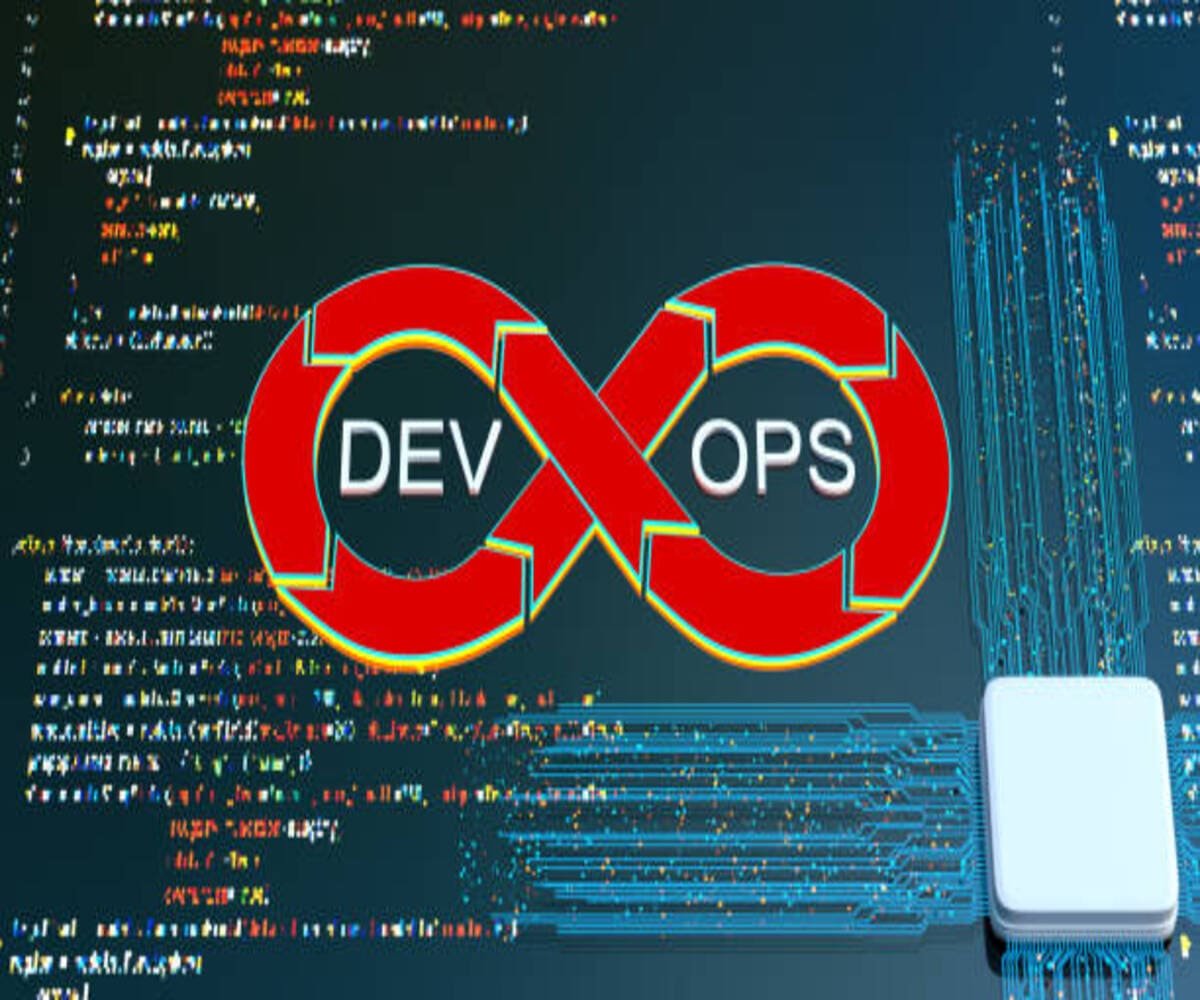Introduction
DevOps and Continuous Integration/Continuous Deployment (CI/CD) are essential for modern software development, enabling teams to automate workflows, improve collaboration, and enhance software quality. By integrating development and operations, organizations can achieve faster releases, better scalability, and increased reliability.
This course module explores DevOps principles, CI/CD pipelines, and best practices for engineering managers and developers to streamline software delivery.
Understanding DevOps
1. What is DevOps?
- A culture that promotes collaboration between development and operations teams.
- Aims to automate software delivery, improve efficiency, and enhance system reliability.
- Key DevOps principles: Automation, Monitoring, Collaboration, Security, and Continuous Improvement.
2. Benefits of DevOps
- Faster software delivery cycles.
- Improved collaboration between teams.
- Higher system reliability with automated monitoring.
- Reduced risks through automated testing and deployment.
- Scalability to handle growing application demands.
CI/CD: The Core of DevOps
1. What is CI/CD?
- Continuous Integration (CI): Developers frequently merge code changes into a shared repository, ensuring automated builds and tests.
- Continuous Deployment (CD): Automatically deploys validated changes to production environments, minimizing manual intervention.
- Continuous Delivery: Ensures that every code change is ready for deployment at any time.
2. CI/CD Pipeline Stages
- Code Commit & Version Control: Using Git-based repositories (GitHub, GitLab, Bitbucket).
- Automated Build & Testing: Tools like Jenkins, Travis CI, and CircleCI for continuous code validation.
- Artifact Management: Storing build artifacts in repositories like Nexus or JFrog Artifactory.
- Deployment Automation: Using Kubernetes, Docker, and Helm for streamlined deployments.
- Monitoring & Logging: Tools like Prometheus, ELK Stack, and Grafana for tracking system health.
Key DevOps Tools & Technologies
1. Configuration Management
- Tools: Ansible, Puppet, Chef.
- Automating infrastructure setup and configuration.
- Ensuring consistency across development, testing, and production environments.
2. Containerization & Orchestration
- Tools: Docker, Kubernetes, OpenShift.
- Standardizing software environments for consistency and efficiency.
- Managing containerized applications at scale.
3. Infrastructure as Code (IaC)
- Tools: Terraform, AWS CloudFormation.
- Automating infrastructure provisioning and scaling.
- Managing infrastructure through code for repeatability and efficiency.
4. Security & Compliance in DevOps
- DevSecOps Integration: Embedding security into DevOps pipelines.
- Automated Security Scanning: Using tools like SonarQube, Snyk, and Trivy.
- Identity & Access Management (IAM): Controlling access with tools like AWS IAM and HashiCorp Vault.
Best Practices for DevOps & CI/CD Implementation
- Start with Small, Iterative Improvements: Gradually introduce DevOps and CI/CD practices.
- Automate Everything: From testing and deployment to monitoring and security.
- Implement Microservices Architecture: Modularizing applications for better scalability and flexibility.
- Monitor & Optimize Performance: Use observability tools to track system health and detect issues early.
- Foster a DevOps Culture: Encourage collaboration and knowledge sharing between development, operations, and security teams.
Future Trends in DevOps & CI/CD
- AI-Powered DevOps: Machine learning for predictive analytics and anomaly detection.
- GitOps: Managing infrastructure and deployments using Git repositories.
- Serverless DevOps: Automating deployments with FaaS solutions like AWS Lambda and Azure Functions.
- Chaos Engineering: Stress-testing systems to improve resilience and reliability.
Master DevOps & CI/CD with SignifyHR !
Gain hands-on experience with DevOps tools, CI/CD pipelines, and modern deployment strategies at SignifyHR.com. Learn how to build, automate, and scale software development with industry best practices !

